
See How Germany Looked In 1902 Thanks To This Rare Footage Taken During A Ride On “The Flying Train”
Fasten your seat belt, sit back, and enjoy the crisp ride on a suspended railway from back in 1902. You heard me right. The surprisingly clear footage was made 118 years ago in the Barmen-Elberfeld area in Germany, today known as Wuppertal. But thanks to the proprietary 68 mm film, the clip feels like it was made recently.
Initially, the black and white footage released by the Museum of Modern Art was only 2 minutes long. But Denis Shiryaev, an AI specialist from Neural Love agency in Gdansk, Poland, took it to a whole new level.
With the help of machine learning technology, Denis “remastered” the footage and turned it into an almost 4-minute-long video. He also added colors and sound, stabilized the footage, and smoothed out the framing. The mind-blowing results are in down below, and this feels like the kind of roller coaster I’d sign up for.
More info: Youtube | Neural.Love
This vivid footage shows what it was like to ride the suspended railway over the German town in 1902
Image credits: Denis Shiryaev
Wuppertal Schwebebahn is the oldest electric elevated railway with hanging cars
Image credits: wikipedia
The Schwebebahn railway is still in use to this day and carries 82,000 commuters a day
Image credits: wikipedia
Designed by Eugen Langen for Berlin, the suspended railway was instead built in Barmen, Elberfeld, and Vohwinkel between 1897 and 1903
The electric suspension railway is the oldest elevated train in Germany. It was designed by Eugen Langen as an idea to sell to the city of Berlin, and construction on the project began in 1898. Emperor Wilhelm II was one of the first to catch a ride on the innovative train during trial runs in 1900. It was just years before World War I happened.
Its first track was opened in 1901 in a town which is today known as Wuppertal
The remaining footage is so clear and vivid because it was shot on proprietary 68 mm film by the American motion picture company Biograph.
The Mutoscope used 68 mm film, a film stock twice as large as most films at the time. (70 mm film really only came into its own during the 1950s.) The 30 frames per second shooting rate was also faster than the usual 18 fps or 24 fps, which means the illusion of reality is closer to the video rate of today.
The entire trip takes around half an hour to finish
The frames of the film were printed on cards and could be watched through a viewfinder, but it wasn’t intended to become a film in itself.
But thanks to the AI editor Denis Shiryaev, the footage was upscaled with neural network technology. The added colors also help to create the real-life effect even though they are not historically accurate.
The total route is just over eight miles long and follows the river Wupper for most of it
Denis Shiryaev took the original footage, slowed it down to look like real life, and revived it with colors
And here’s the original black and white footage released by the Museum Of Modern Art before it was edited
Image credits: The Museum of Modern Art
And this is what people had to say
There's actually a (maybe not so) funny story about the Schwebebahn: Back in 1950 a little circus named "Zirkus Althoff" pitched up its tent in Wuppertal. The owner, Franz Althoff, had been a circus man all his life an he came up with a rather spectacular idea to get some publicity: he took the circuses elephant lady Tuffi for a ride on the Schwebebahn. Along with a bunch of journalists and Franz Althoff's son Harry, they squeezed Tuffi in the cabin and actually took off. It didn't long though for Tuffi to get increasingly uncomfortable. In a rather panicky attempt to break free, Tuffi went into beast mode and basically crashed the side of the cabin, leading to her falling out of the window and into the river Wupper, which was like 10 Meters below. Luckily she landed in a muddy spot and wasn't hurt except for some minor bruises. Franz Althoff was fined and to this day, there are no elephants allowed. There is however a dairy factory that named its milk "Tuffy" after the elephant :)
That´s interesting, I´ve seen photo of Tuffi escaping cabin and didn´t know that was for real!
Load More Replies...The Schwebebahn is brilliant and I'm so happy to see it here! I've visited it twice already (once we rented a car almost only for this purpose when we went on holiday to Amsterdam and drove to Wuppertal to ride it) and hope to do so again. It's enormous fun to ride it and it's also fascinating to look at. A brilliant piece of engineering and problem solving because the railway was originally built as a solution to a quickly growing industrial city (back then two who later became one). Suddenly they needed public transport but had nowhere (but the Wupper river) to put it. Anyway, I hope I haven't made it too obvious how much of a nerd I am when it comes to public transport...
Additional information: https://en.wikipedia.org/wiki/Wuppertal_Schwebebahn
Load More Replies...There's actually a (maybe not so) funny story about the Schwebebahn: Back in 1950 a little circus named "Zirkus Althoff" pitched up its tent in Wuppertal. The owner, Franz Althoff, had been a circus man all his life an he came up with a rather spectacular idea to get some publicity: he took the circuses elephant lady Tuffi for a ride on the Schwebebahn. Along with a bunch of journalists and Franz Althoff's son Harry, they squeezed Tuffi in the cabin and actually took off. It didn't long though for Tuffi to get increasingly uncomfortable. In a rather panicky attempt to break free, Tuffi went into beast mode and basically crashed the side of the cabin, leading to her falling out of the window and into the river Wupper, which was like 10 Meters below. Luckily she landed in a muddy spot and wasn't hurt except for some minor bruises. Franz Althoff was fined and to this day, there are no elephants allowed. There is however a dairy factory that named its milk "Tuffy" after the elephant :)
That´s interesting, I´ve seen photo of Tuffi escaping cabin and didn´t know that was for real!
Load More Replies...The Schwebebahn is brilliant and I'm so happy to see it here! I've visited it twice already (once we rented a car almost only for this purpose when we went on holiday to Amsterdam and drove to Wuppertal to ride it) and hope to do so again. It's enormous fun to ride it and it's also fascinating to look at. A brilliant piece of engineering and problem solving because the railway was originally built as a solution to a quickly growing industrial city (back then two who later became one). Suddenly they needed public transport but had nowhere (but the Wupper river) to put it. Anyway, I hope I haven't made it too obvious how much of a nerd I am when it comes to public transport...
Additional information: https://en.wikipedia.org/wiki/Wuppertal_Schwebebahn
Load More Replies...
 Dark Mode
Dark Mode 

 No fees, cancel anytime
No fees, cancel anytime 






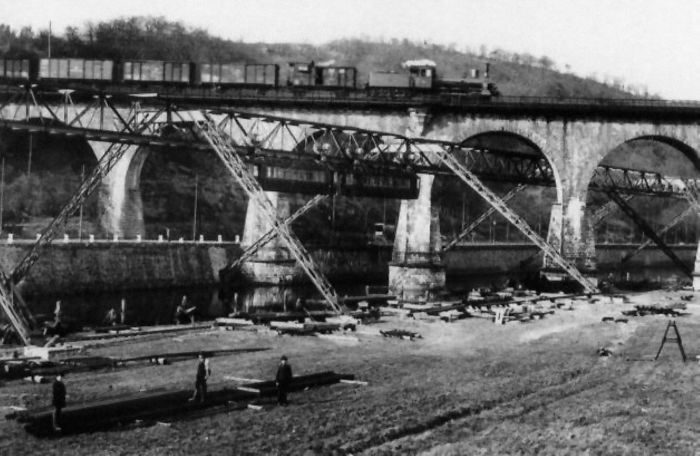
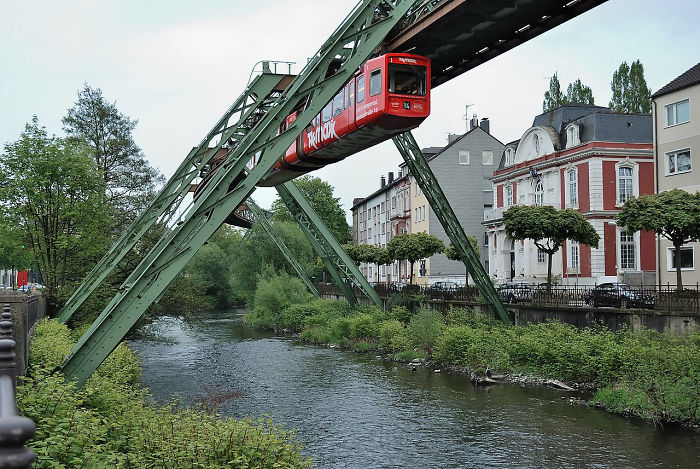
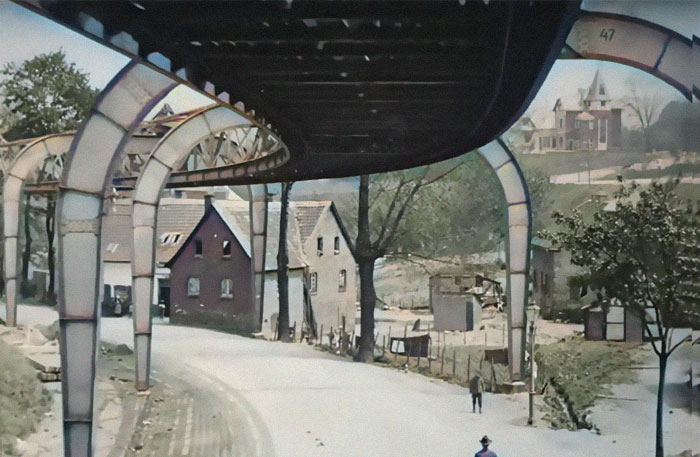
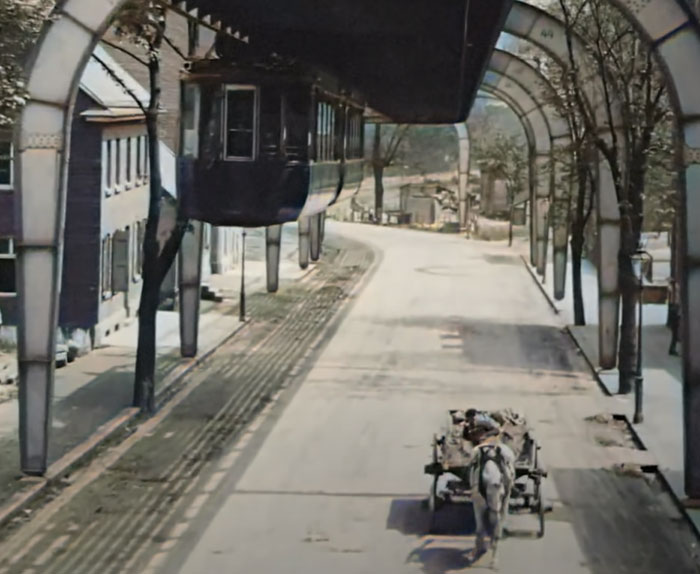
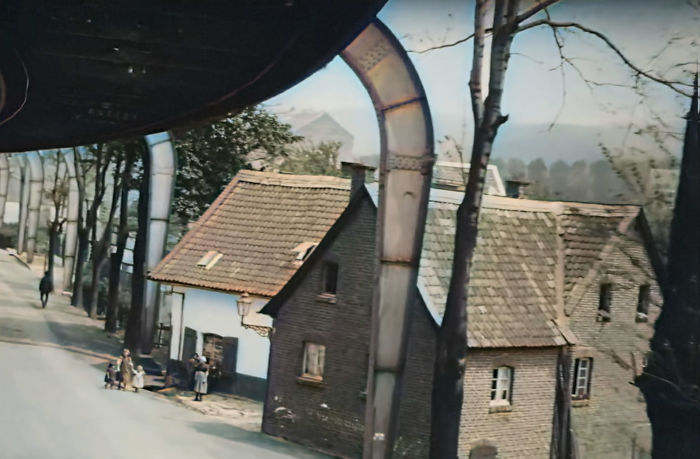
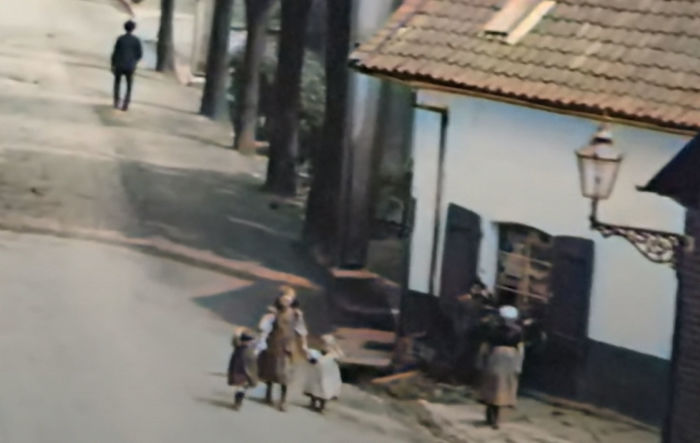
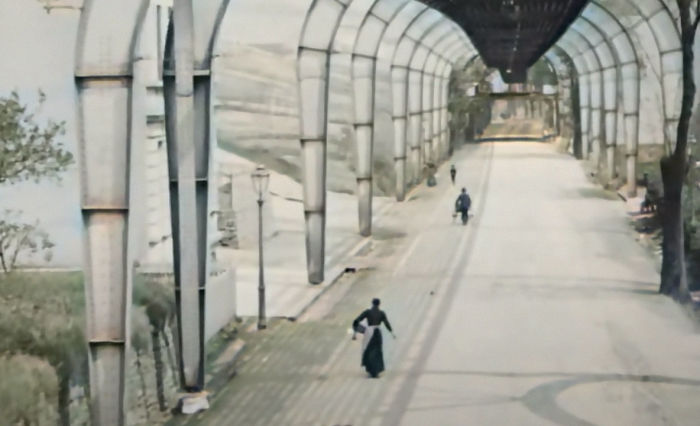
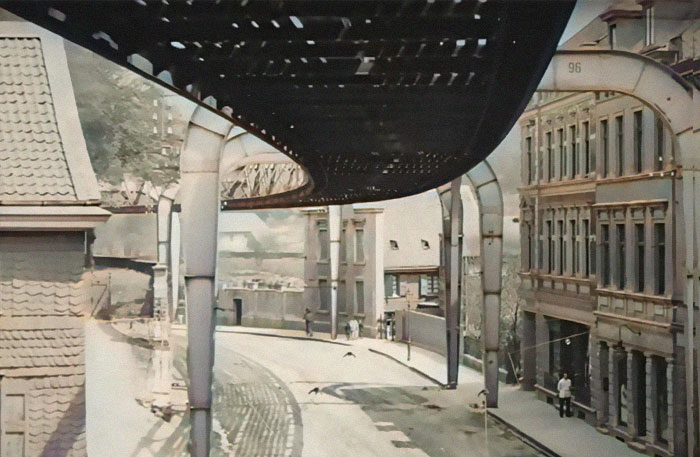
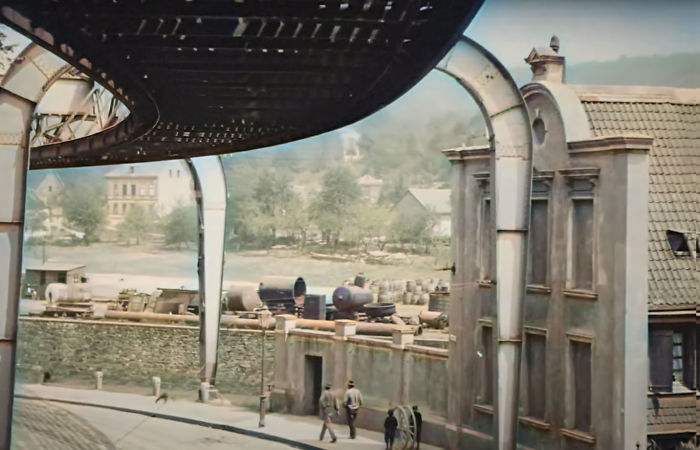
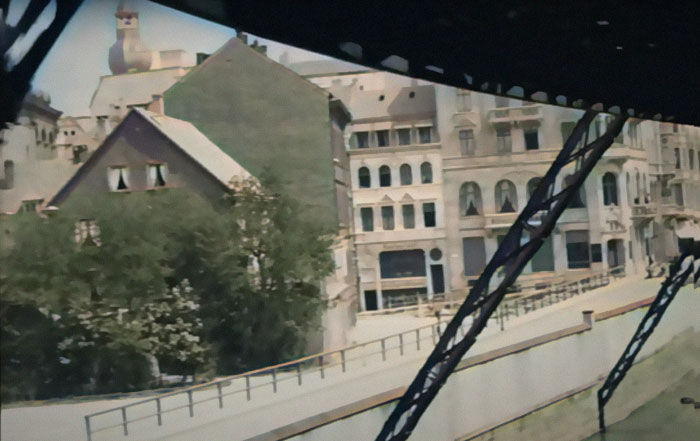
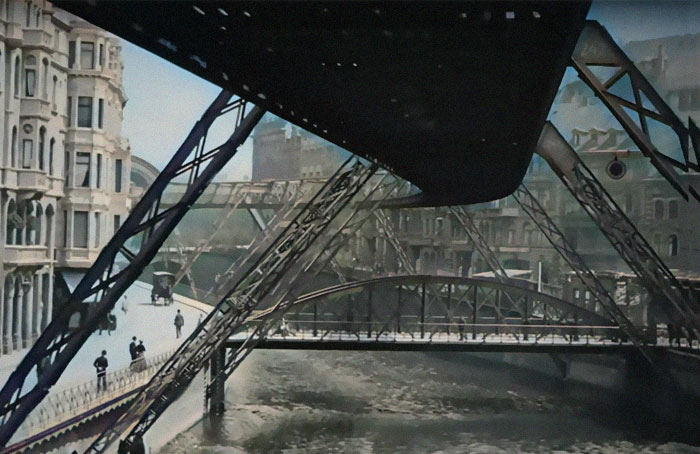
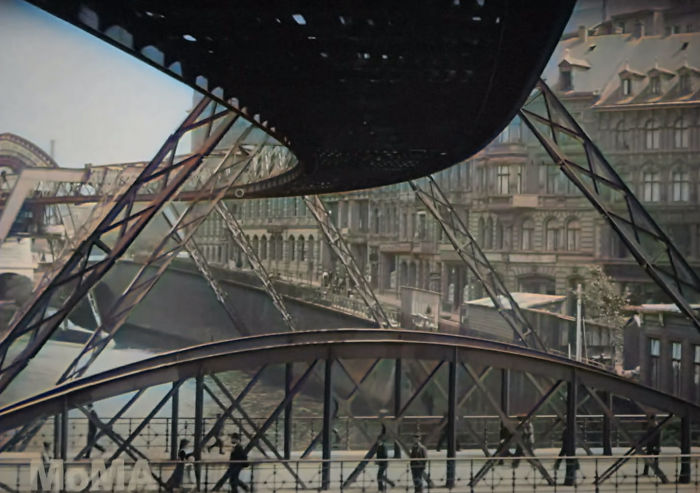
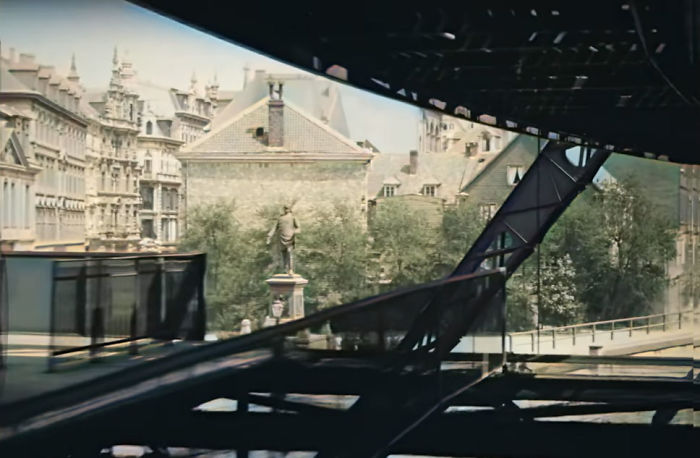
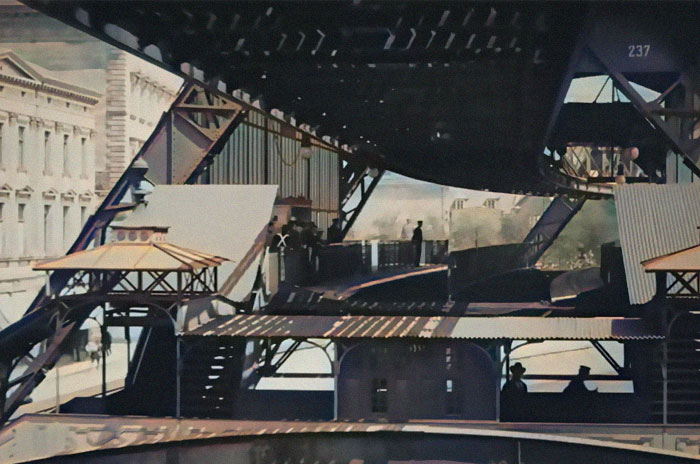
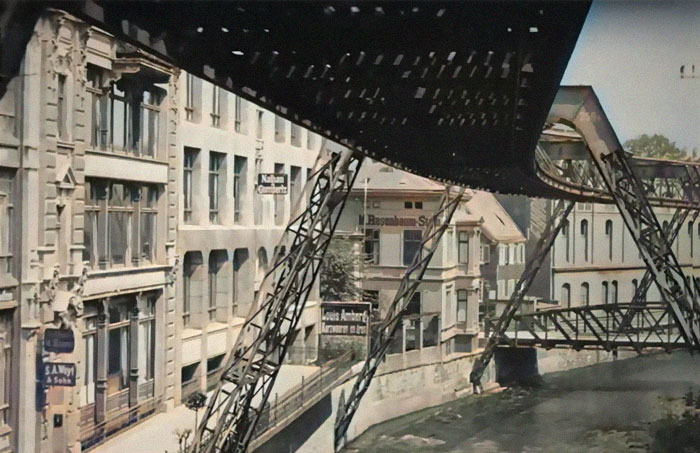


















































198
47